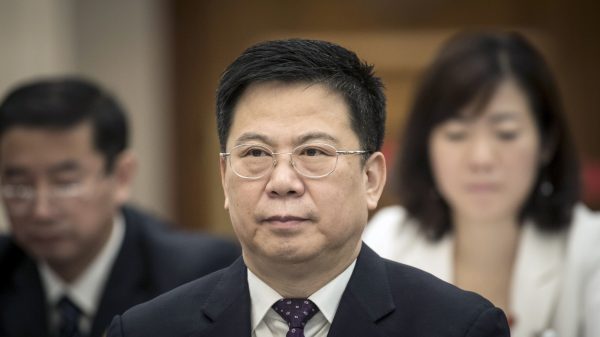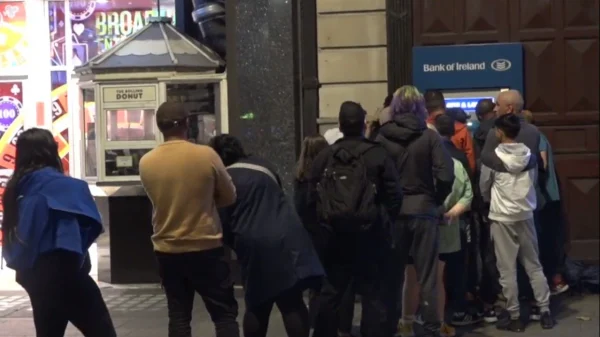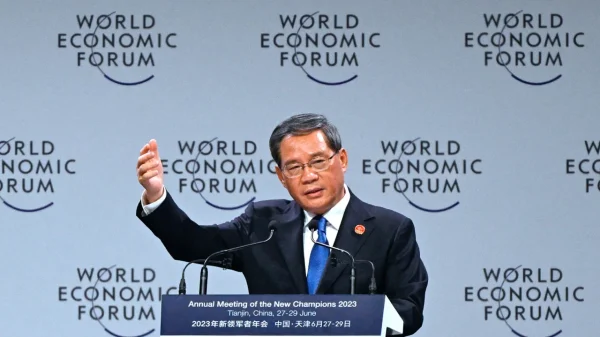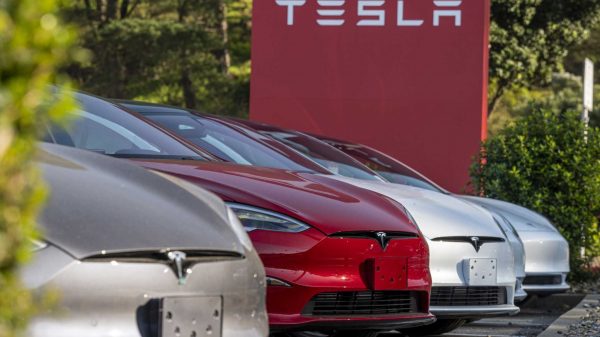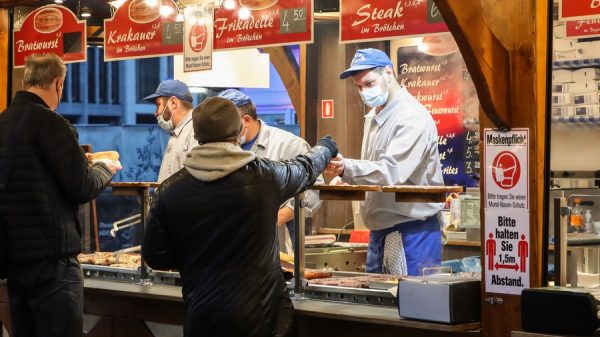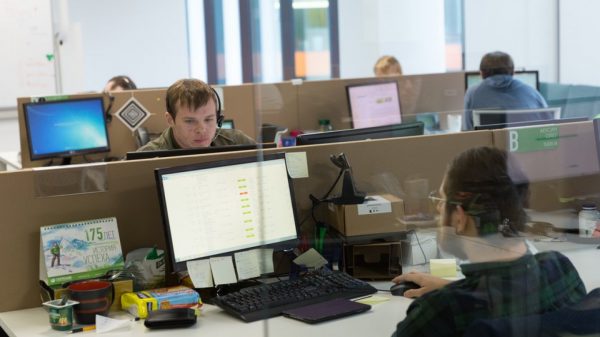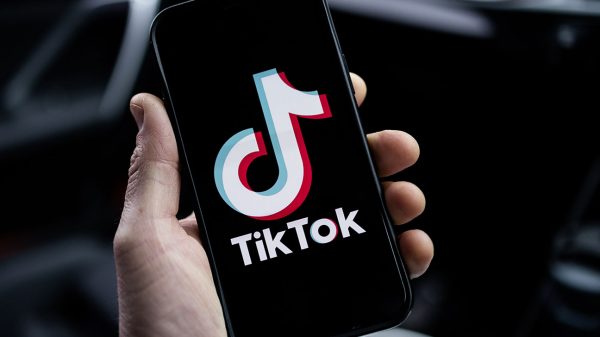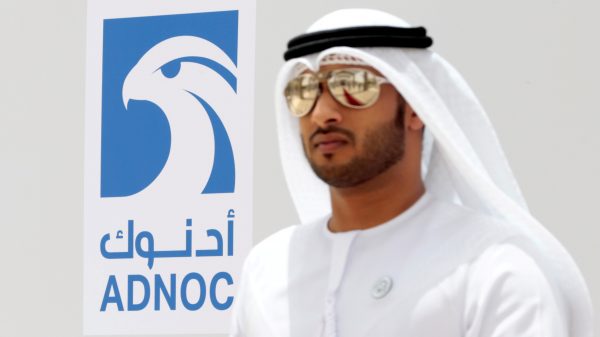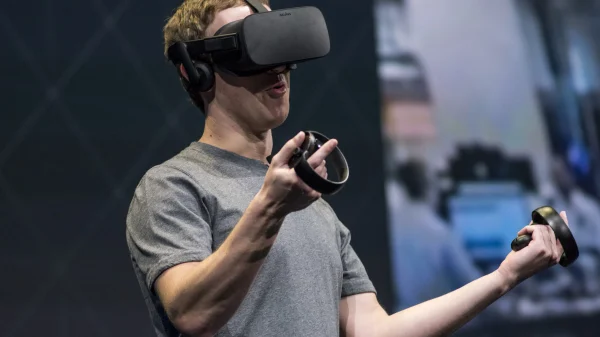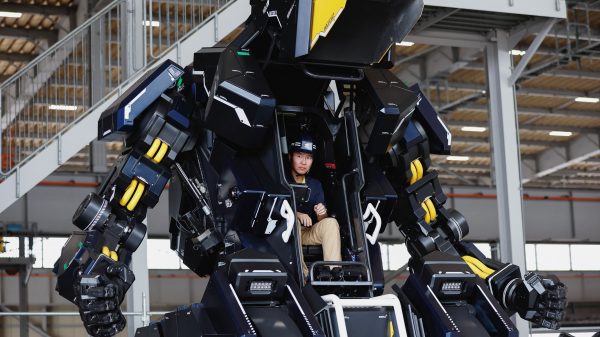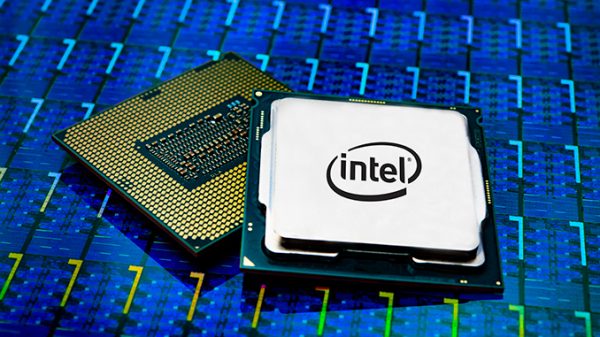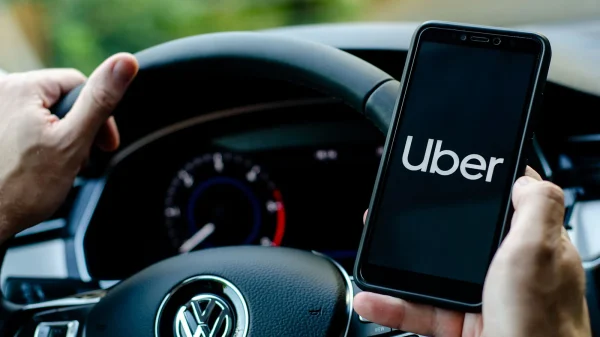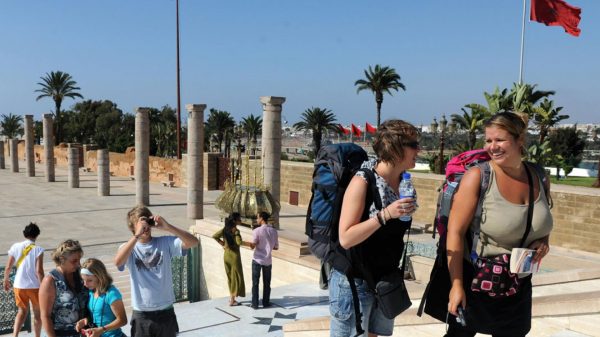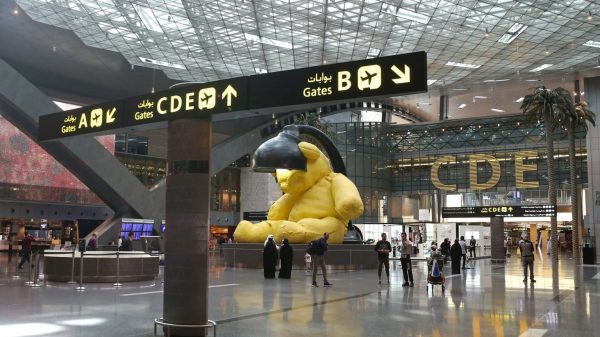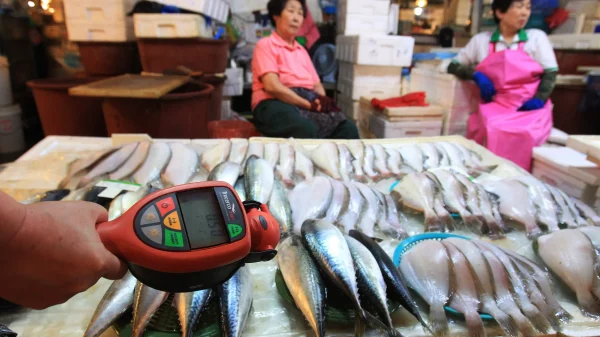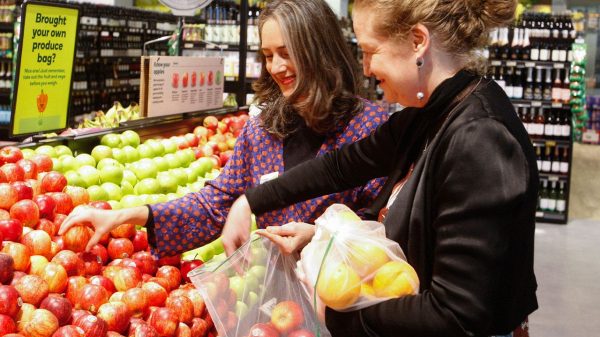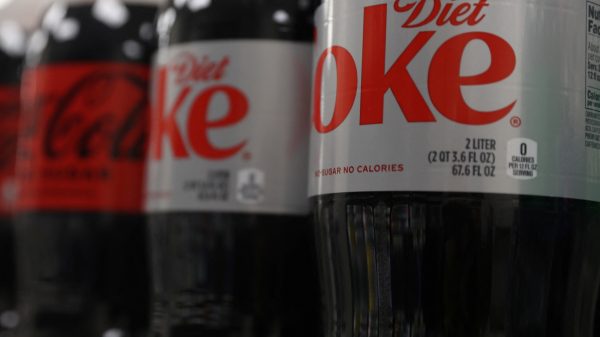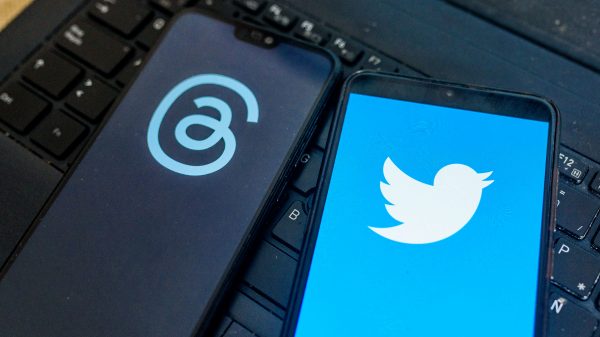Ben Ryan's son lost his arm when he was just 10 days old, and the prosthetic developed by his father has been shortlisted for the National Inventor Prize.
The hydraulically-operated prosthetic arm is one of 10 inventions which have been announced as finalists in a competition held by innovation foundation Nesta, with support from the Department for Business, Energy and Industrial Strategy (BEIS).
A nationwide search to find the UK's best new inventor has turned up 10 top ideas which could eventually transform the lives of people throughout the UK.
The shortlisted entries will each receive £5,000 for more development and also receive mentoring from Barclays Eagle Labs, which is offering access to development facilities and equipment.
The winner is going to be announced in September 2018 and will receive £50,000 to help get the winning product to market.
The shortlisted inventions are described below:
:: "Ambionics" by Ben Ryan
Ben Ryan created the 3D printable, hydraulically-operated digital prosthetic arm, which is suitable for children under three years, specifically to help those like his two-year old son, Sol, who lost his arm at 10 days old.
As a former psychology teacher, Mr Ryan knew that the first two and a half years of a child's life are crucial for brain development and learning. Yet up to 70% of children that age are not using prosthetics.
Using 3D printing and special software, the Ambionics project was born in Mr Ryan's spare room in North Wales. He is currently trialling remote 3D scanning with families in Australia, North and South America, Europe and Africa. Ambionics has also partnered with Warwick University School of Engineering and is moving into the Menai Science Park on Anglesey in March.
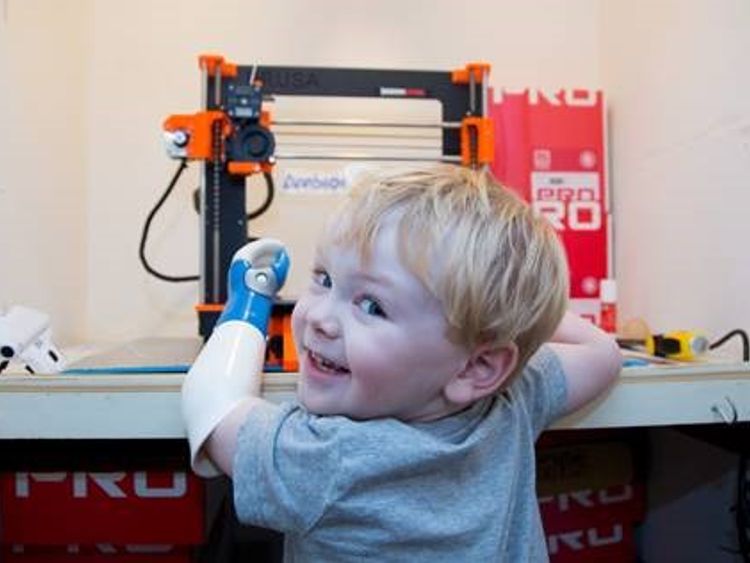
:: "Canute" by Ed Rogers and Bristol Braille team, with Stef Sargent
Canute is a "Kindle for blind people", which Bristol Braille have been working on in collaboration with the blind community, including Steph Sergeant, for five years.
The Canute is designed to be affordable at £800, and will be the world's first multiline digital Braille display.
Existing braille displays on the market cost thousands and are only capable of showing one line. The Canute can be used for maths, music, textbooks and tables – and will be able to load text files by SD cards and USB connections.
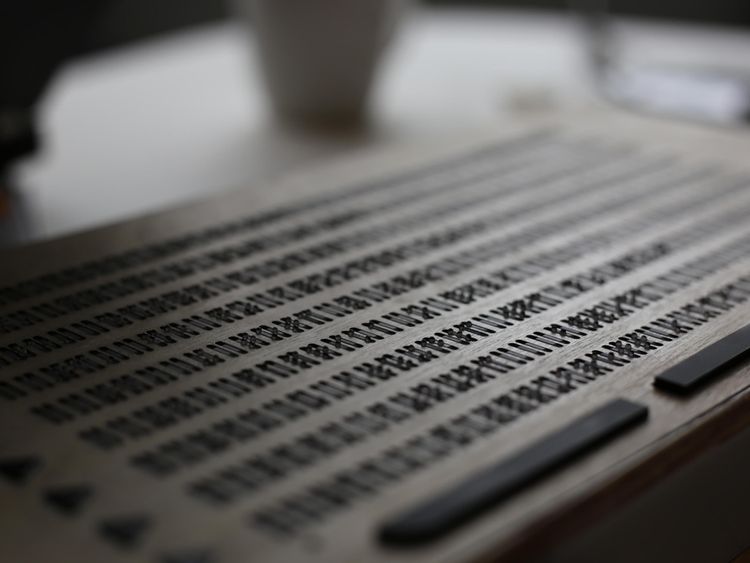
:: "Smart Gum Shield" by Robert Paterson
Robert Paterson has invented a smart gum shield that monitors head impacts of individual athletes, rugby and hockey players which can alert the coach to potential head injuries. It will then prompt the coach to follow the head injury protocol for that particular sport.
Mr Paterson himself suffered from a misdiagnosed head injury playing rugby while he was at school.
In the 2015/16 season of Premiership Rugby, head trauma accounted for 25% of all injuries – becoming the sport's most reported injury for the fifth season in a row.
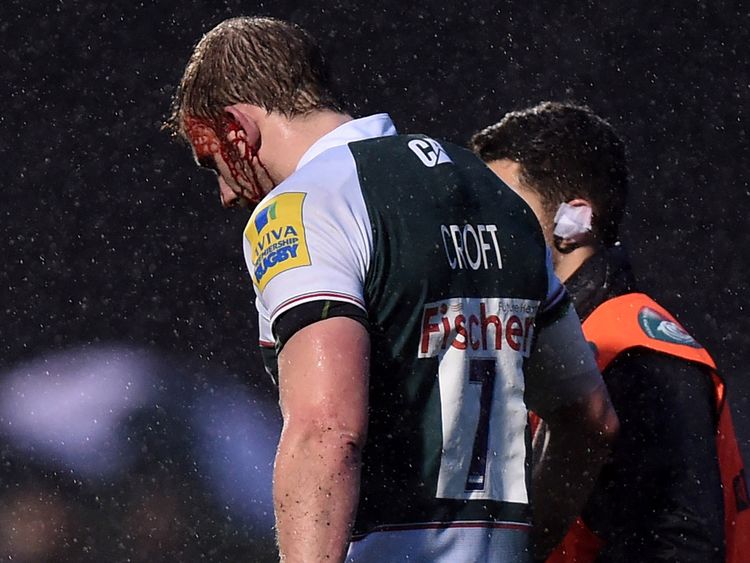
:: "Gameball Platform" by microbusiness Neurofenix
The team of young entrepreneurs has invented an easy-to-use hand training device, or "Gameball", which connects to tablet application to make stroke rehabilitation affordable and fun.
Inspired by relatives of the businesses' co-founders who suffered strokes, Neurofenix aims to improve the life of stroke survivors who may not receive enough support after they leave hospital.
The team has co-created the Gameball platform with the help of stroke survivors, their families and physiotherapists from initial conception. It allows users to measure their progress and play games, either solely or against other users, in the comfort of their own homes.
:: "Aergo" by Hsin-Hua Yu (Sheana)
Aergo is a new seating system that provides posture support for young wheelchair users. The device has a network of inflatable pressure-sensitive air cells that promote comfort and prevent skin irritation and damage by adjusting to position changes automatically. The expandable frame also allows the system to grow and adapt to users as their condition evolves.
The system is designed for children with a range of conditions, including cerebral palsy, muscular dystrophy and spinal muscular atrophy. Sheana will be working with John Chilton School in Ealing and Alder Hey Children's Hospital in Liverpool.
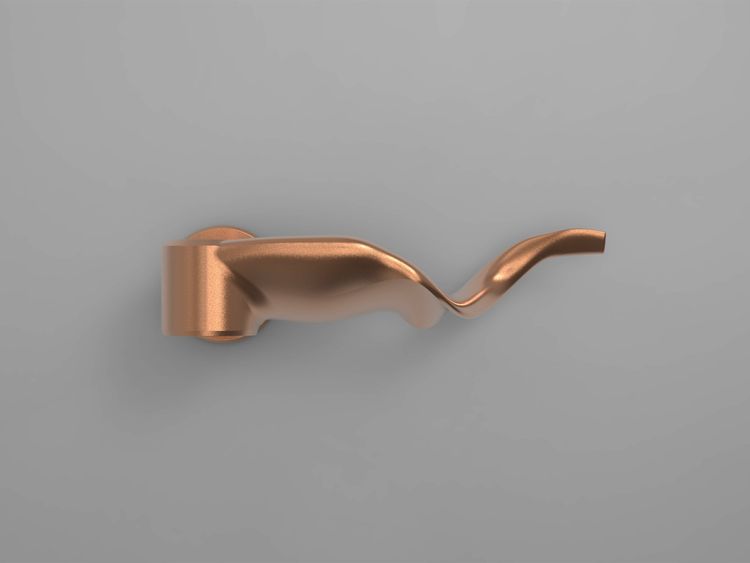
:: "The Unity Door Handle" by Connor Peter Musoke-Jones
Inspired by his friend and housemate, who found it difficult to open doors, Mr Musoke-Jones has invented an inclusive door handle that is easier and cheaper to install than fitting specialist doors.
Mr Musoke-Jones has developed it in collaboration with people with various hand and arm disabilities, combining ergonomics and anthropometrics to design a product that can be used by people with different abilities.
:: "New Medical Device" by Dr Tsong Kwong
Dr Kwong has invented an alternative approach in the field of medicine to benefit practitioners and healthcare systems.
:: "NuCath" by Nawar Al-Zebari of UroLogic
A new catheter made from smart materials and a simple design uses "shape memory" to change shape inside of the bladder, lowering drainage and retaining less urine – reducing the chance of infection.
In the UK over 500,000 serious urinary tract infections per year are contracted as a result of indwelling catheters, and these account for up to 40% of all hospital-acquired infections – with an annual mortality rate of over 2,000.
The estimated cost to the NHS of treating these infections is around £2bn annually.
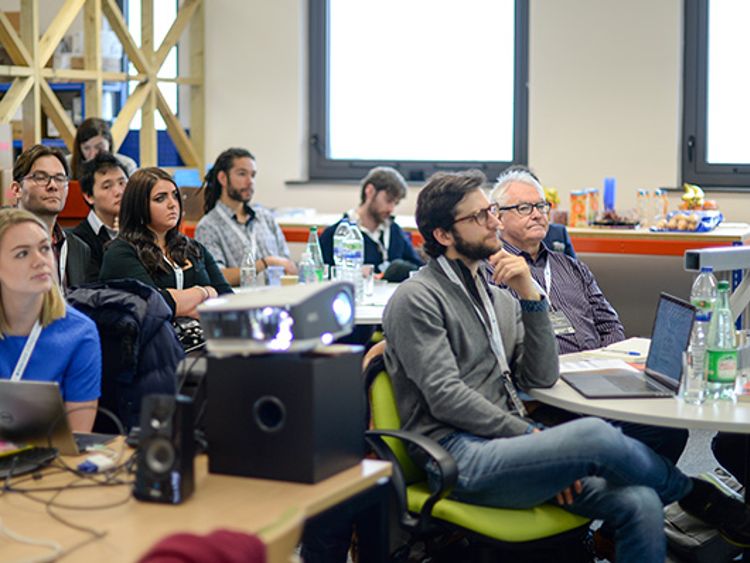
:: "Spacelink" by Mark Singleton
Spacelink is a green building material that can be mass-produced as a new way of joining fibreglass boxes and tubes without metals or adhesives, allowing the construction of lightweight structures.
Weighing 40% as much as steel, it can reportedly support the same load while reducing CO2 emissions by up to 80%. It doesn't rust or conduct electricity and can be disassembled for easy handling. It previously won the Travis Perkins Innovation Award 2016.
:: "Smart Carbon Monoxide Detector" by Billy Mitchell
The detector uses smartphone technology to self-test for carbon monoxide and sends a report on levels to landlords.
More from Tech
Mr Mitchell began his career as an apprentice electrician and now owns his own company. He came up with the idea for an invention when speaking to a gas reader who mentioned he was only able to access 30% of households he visited.
In recent trials the Smart Carbon Monoxide Detector has saved two lives. Currently only 20% of UK households have a working Carbon Monoxide detector, and 50 people a year die of Carbon Monoxide poisoning.
[contf] [contfnew] 
Sky News
[contfnewc] [contfnewc]







